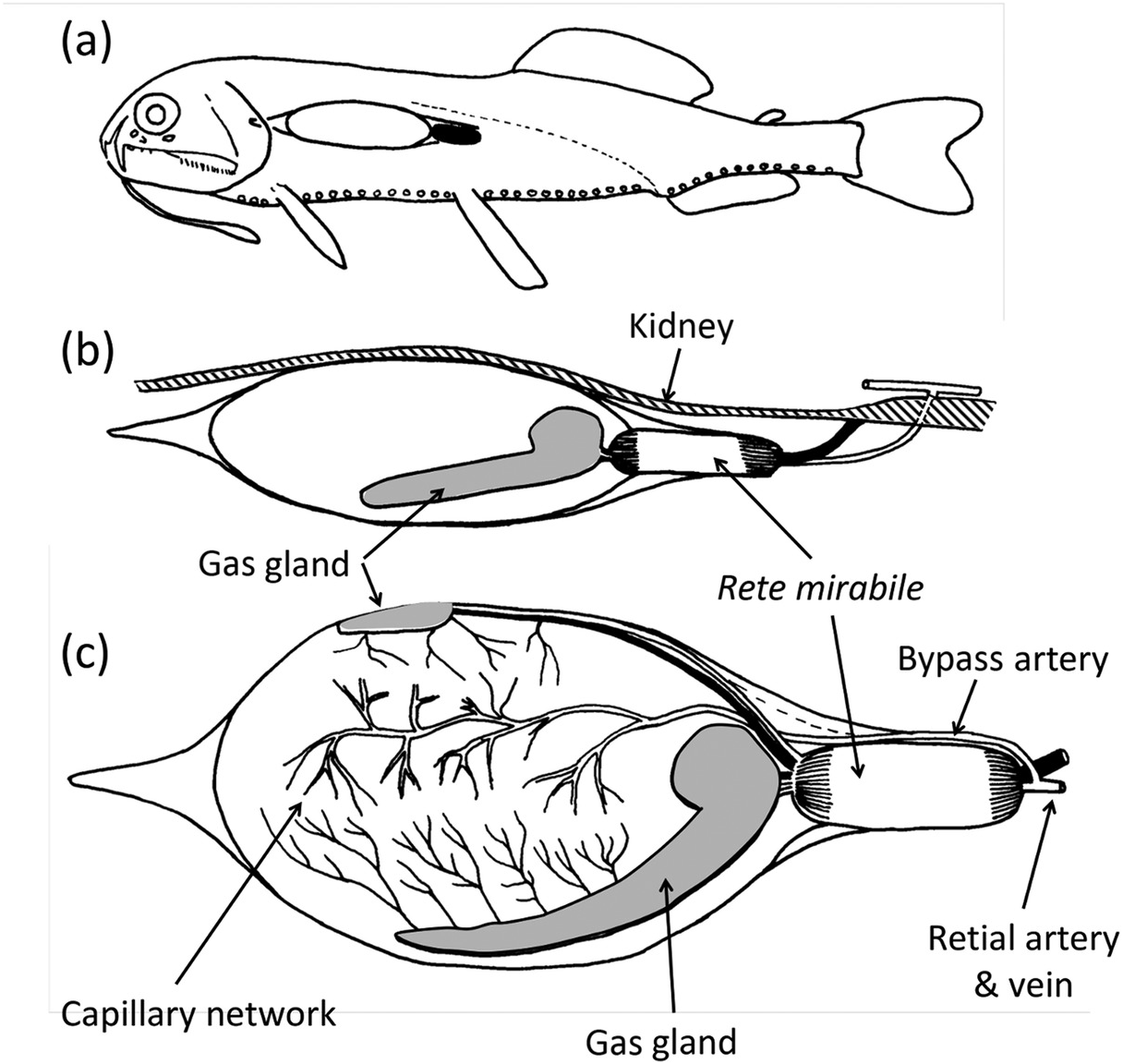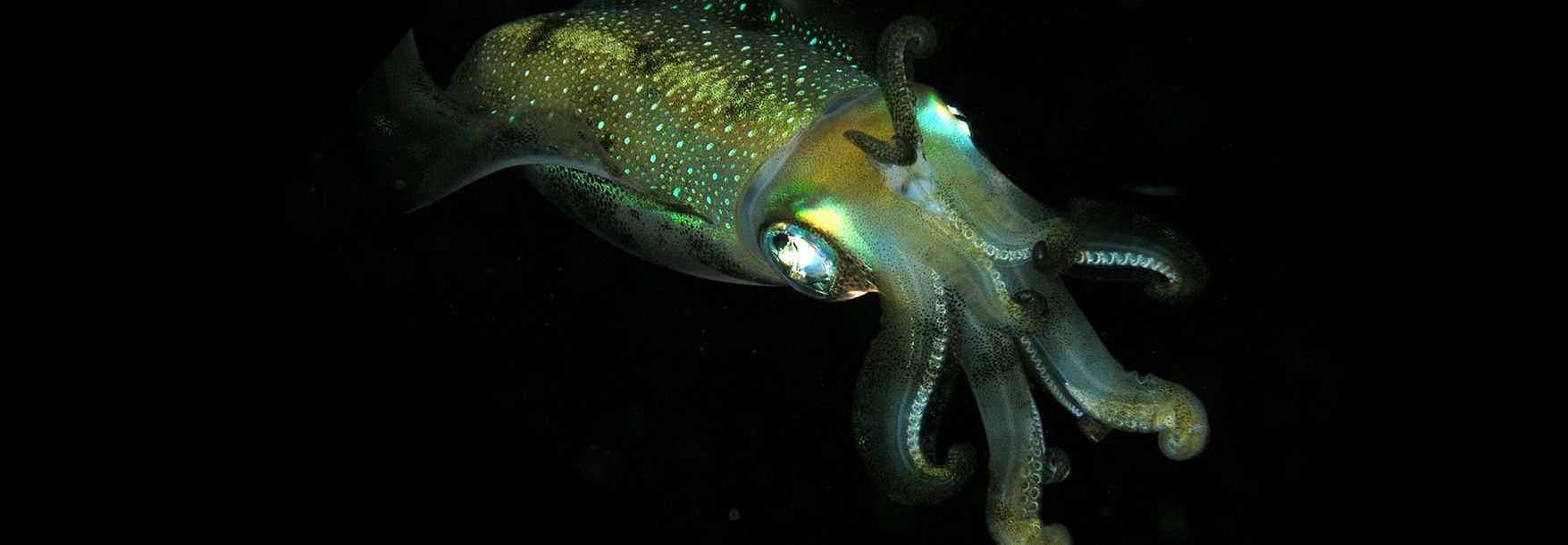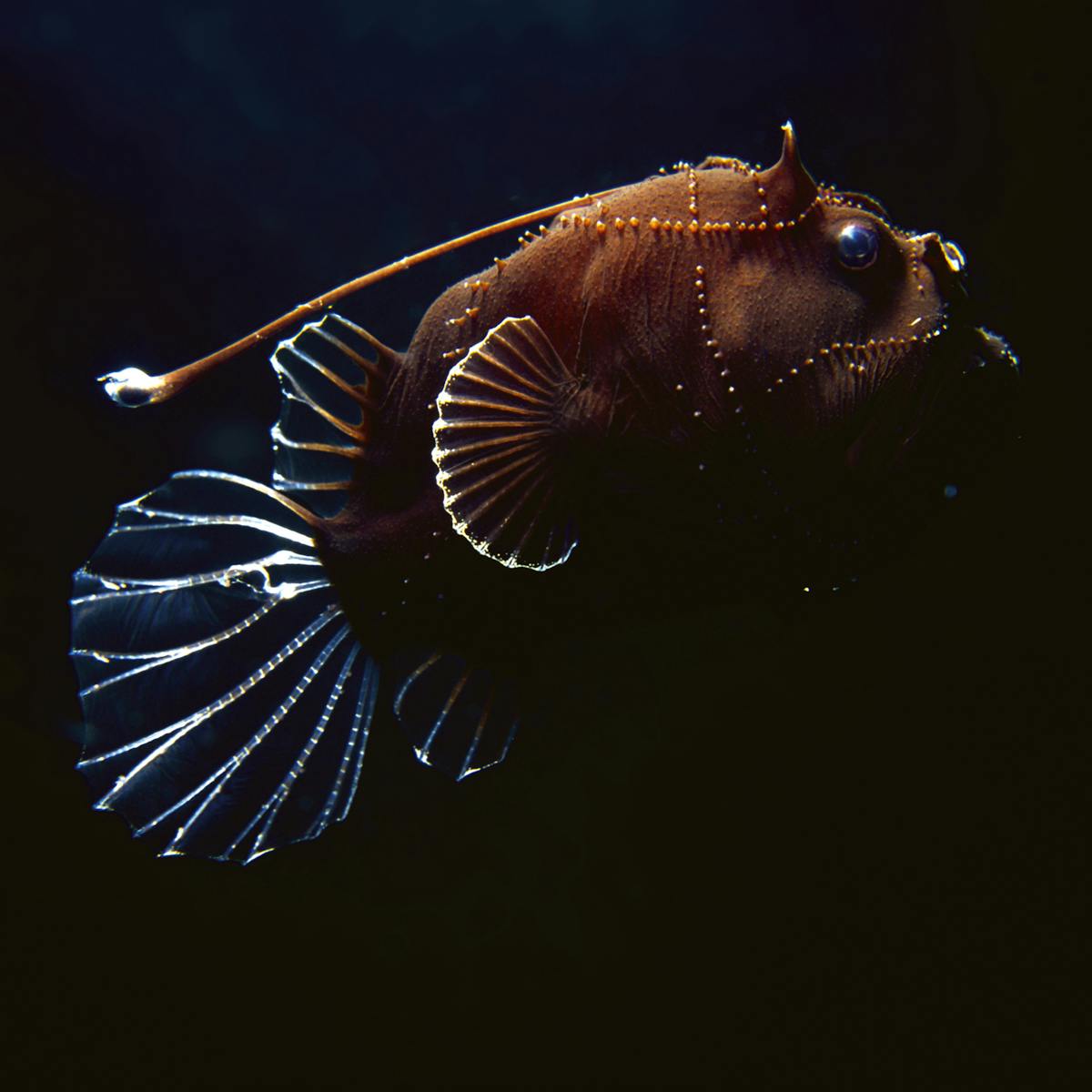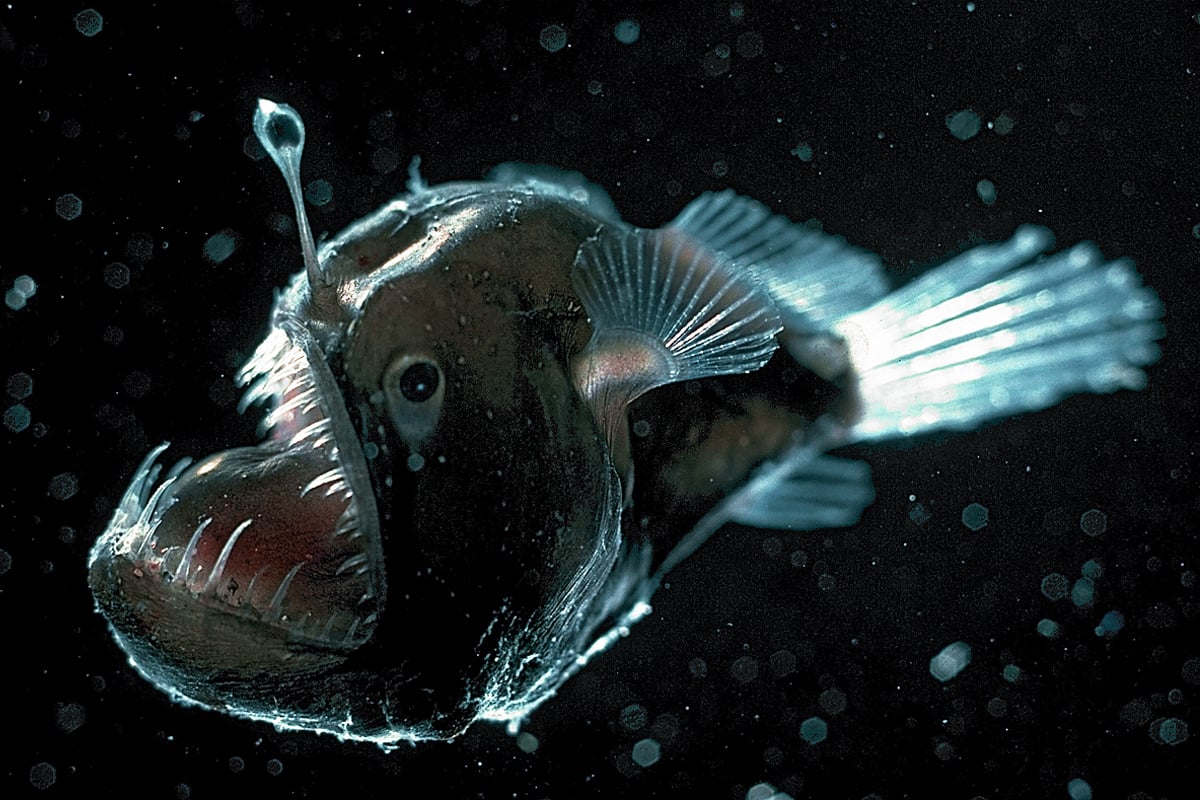Deep Ocean Animals Adaptations

In this lesson students consider the diversity of animals in the deep ocean noting similarities and variations in how animals have adapted to their deep ocean environment.
Deep ocean animals adaptations. 8 12 x 11 blank paper pencil colored pencils ruler or straight edge. Fish Biologist Kate Bemis Illustrator Rachel Keeffe and Ocean Educator Lara Noren. 5 Other Adaptations of Deep Sea Creatures.
Animals adapt to their environments to help them survive. Food is scarce in much of the deep sea in part because photosynthesis only takes place at the oceans surface where theres sunlight. Contains a chart for students to label the different zones of the ocean as well as a chart to keep track of different animalcreature adaptations in different zones.
They have strong shells that protect them from wave action drying out and the prying beaks of predators. Dissolved H2S emerging from. Watch a recording of this video webinar.
Many animals make their own light called bioluminescence to communicate find mates scare predators or attract prey. For example many types of seaweed attach. Sharks are very good at finding food.
There are several ways deep-ocean animals survive in such an environment. Bioluminescent Octopod Bioluminescence is an important adaptation that helps many deep sea animals survive in their dark world. Deep-sea creatures are animals that live below the photic zone of the ocean.
The abilities of deep-sea animals to tolerate the pressure and temperature conditions of deep-sea habitats are due to pervasive adaptations at the biochemical level. The dense ocean water is filled with tiny floating organisms. Usually lightless sea bottom is referred to as deep sea ie from lower limit of littoral zone 200 metres deep to the ocean floor.


















